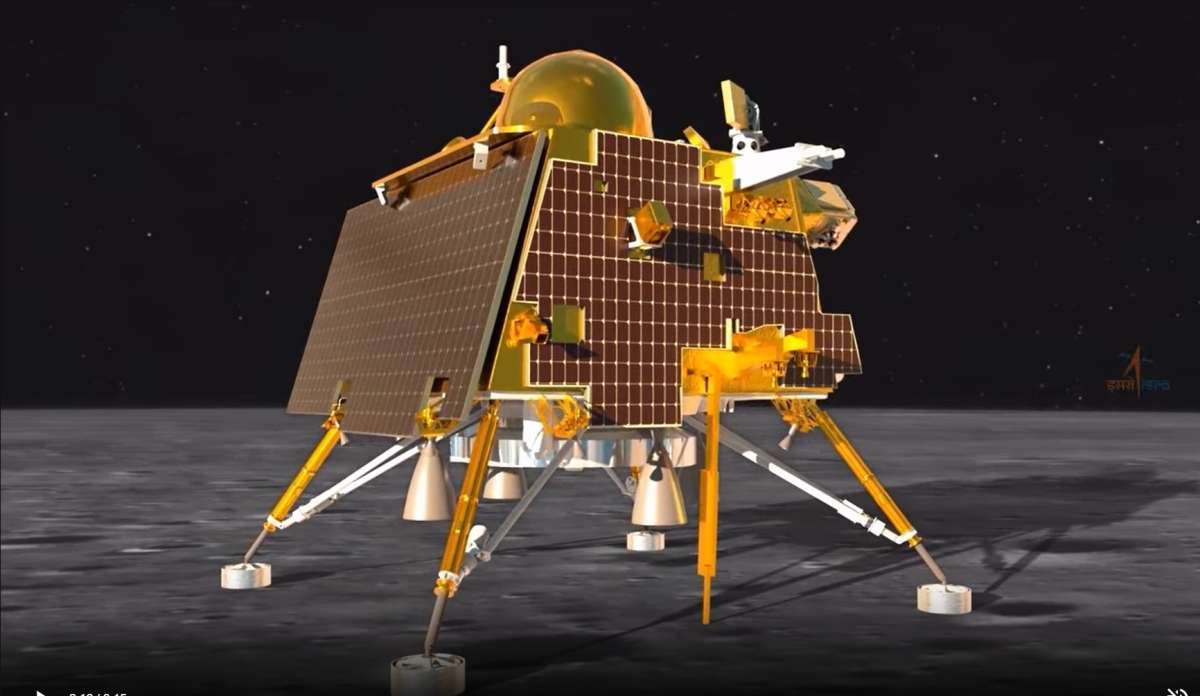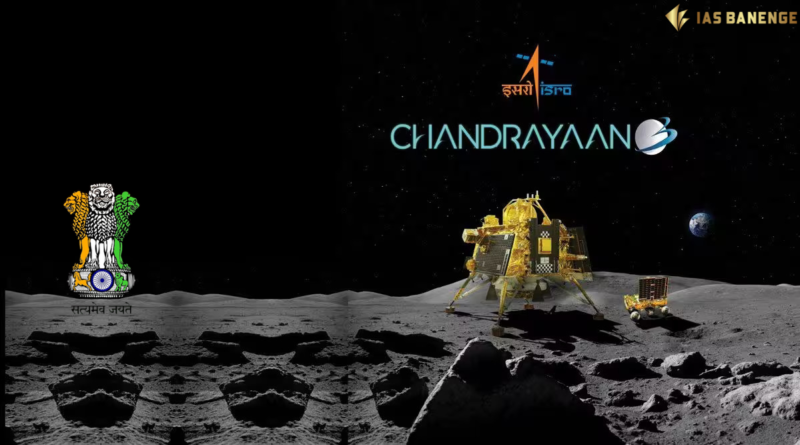Breaking New Ground: India’s Monumental Achievement in Landing Chandrayaan-3 Near the Moon’s South Pole
In the annals of space exploration, few achievements are as transformative as successfully landing a spacecraft on another celestial body. When India’s Chandrayaan-3 mission achieved a triumphant soft landing near the moon’s South Pole, it wasn’t just a remarkable technical feat—it marked a historic milestone that positioned India as the first country to land in this enigmatic region. In this article, we delve into the significance of this achievement and the implications it holds for the future of lunar exploration.
The South Pole: A New Frontier
While previous lunar missions had focused on various regions of the moon, the South Pole remained an uncharted territory—a region of mystery and scientific intrigue. The decision to target this remote location was driven by the tantalizing possibility of discovering water ice, a resource that could revolutionize future lunar missions and serve as a stepping stone for deeper space exploration.
READ MORE- Coastal Aquaculture Authority (Amendment) Bill 2023| Ias Banenge
A Technological Odyssey
The journey to successfully land near the moon’s South Pole was no small feat. It demanded a convergence of cutting-edge technology, precise engineering, and meticulous planning. Learning from the experiences of previous missions, particularly the challenges faced during Chandrayaan-2’s landing attempt, ISRO engineers undertook a comprehensive review and revamp of their landing strategies.

The Chandrayaan-3 Mission: Overcoming Challenges
Chandrayaan-3 was more than just a mission; it was a testament to human determination and ingenuity. Engineers worked tirelessly to address the challenges that come with soft landings, particularly in the rough and uneven terrain of the moon’s South Pole. New algorithms were developed for navigation and trajectory adjustments, while communication protocols were refined to ensure uninterrupted contact between the spacecraft and mission control.
The Culmination: A Soft Landing Near the South Pole
On 23rd August 2023, the world watched in awe as Chandrayaan-3 achieved its momentous soft landing near the moon’s South Pole. The culmination of years of dedication, expertise, and collaboration, this achievement marked a turning point in the course of space exploration. India’s success resonated globally, inspiring the international space community and reinforcing the idea that bold aspirations can yield extraordinary results.
Significance Beyond Borders
Landing near the moon’s South Pole was a watershed moment for India, but its significance extends far beyond national borders. The achievement highlighted the capabilities of human innovation and showcased the boundless possibilities of international collaboration in the pursuit of scientific discovery. It also underscored the importance of lunar exploration as a gateway to understanding the origins of our solar system and, potentially, as a platform for future human exploration.

Unveiling Lunar Secrets: Scientific Insights
The data collected from Chandrayaan-3’s landing site promises to unlock a treasure trove of scientific insights. The instruments onboard the spacecraft have the potential to reveal crucial information about the moon’s geological history, its composition, and, most notably, the presence of water ice. These revelations have far-reaching implications, not only for space exploration but also for our understanding of the moon’s role in the cosmos.
A Glimpse into the Future
As the first nation to successfully land near the moon’s South Pole, India has opened a new chapter in the story of lunar exploration. The data and knowledge gained from this mission will serve as a foundation for future missions, be they robotic or human, and shape the course of space exploration in the decades to come.

FIRST PICTURE OF PRAGYAN ROVER FROM MOON’S SURFACE
Conclusion
India’s achievement in landing near the moon’s South Pole is a testament to the power of human imagination, innovation, and perseverance. By pushing the boundaries of what’s possible, ISRO has not only secured its place in the annals of space history but has also illuminated the path forward for the exploration of new frontiers. As we reflect on this achievement, we are reminded that the cosmos still holds countless mysteries waiting to be unraveled, and each successful mission brings us one step closer to understanding our place in the universe.





Pingback: About The Equal Contrast Technique (ECT) | Ias Banenge